experience!
flat-top
| |
 |
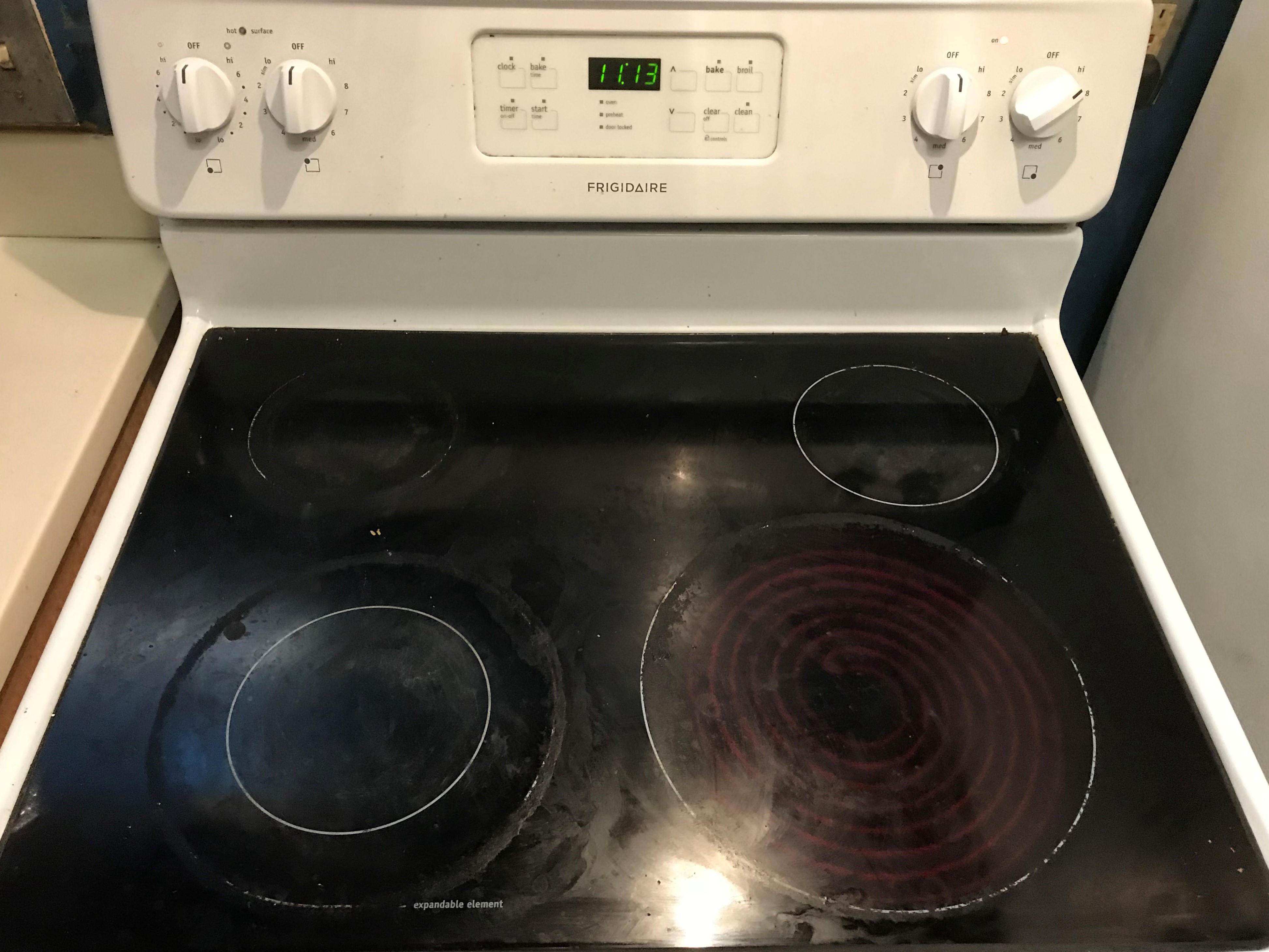 |
| turning on the heating element | the power indicator is on! | the heating element on high power! |
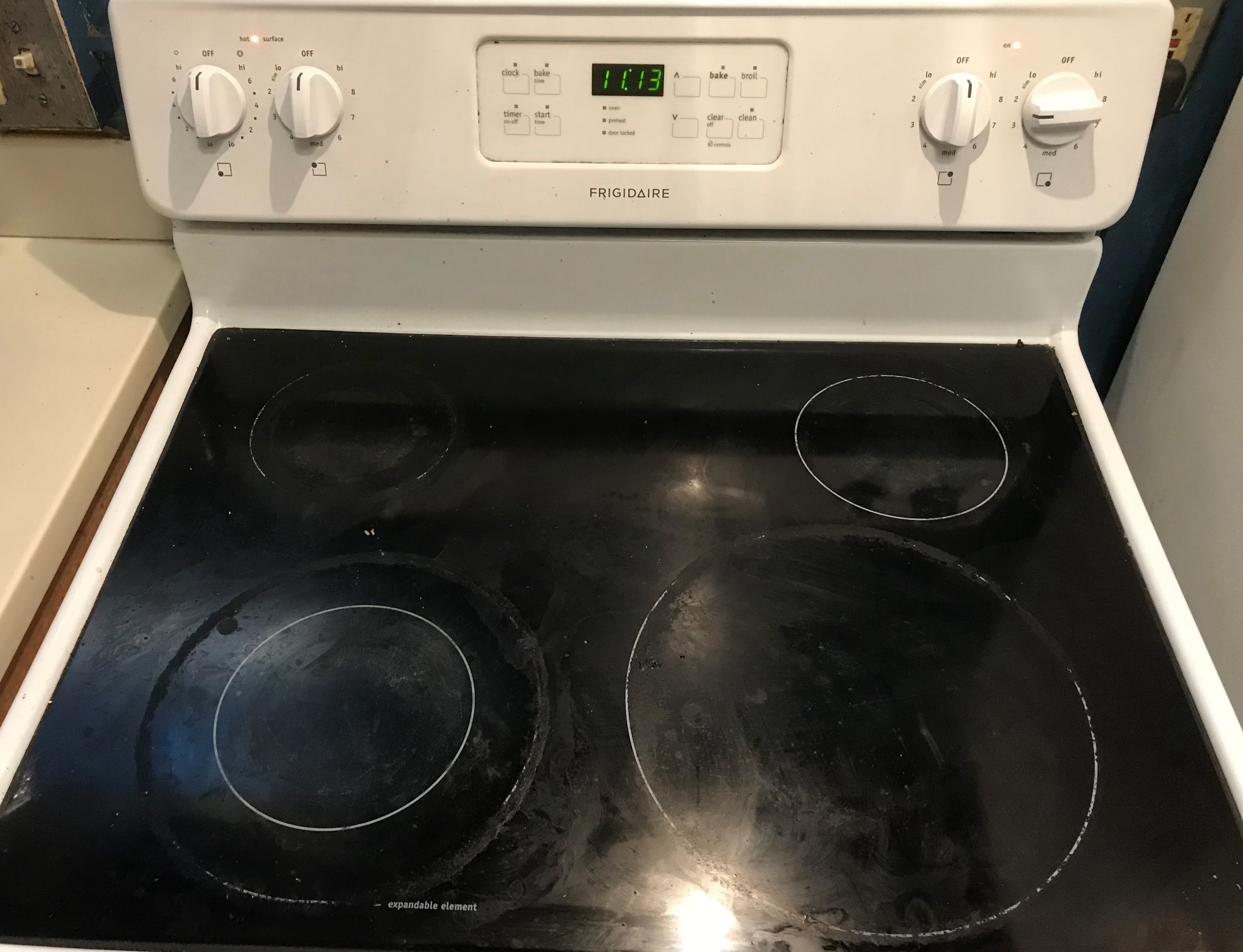 |
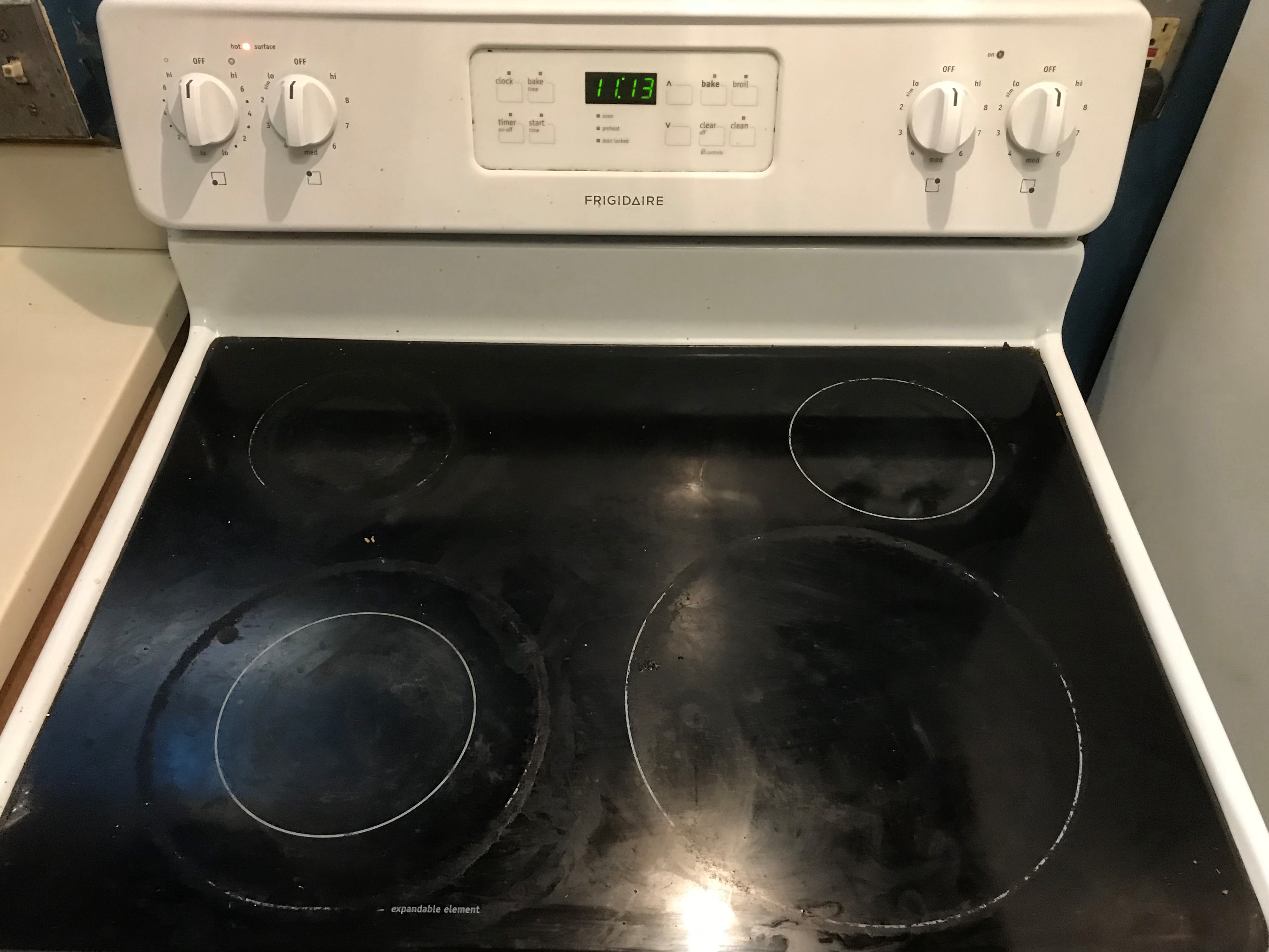 |
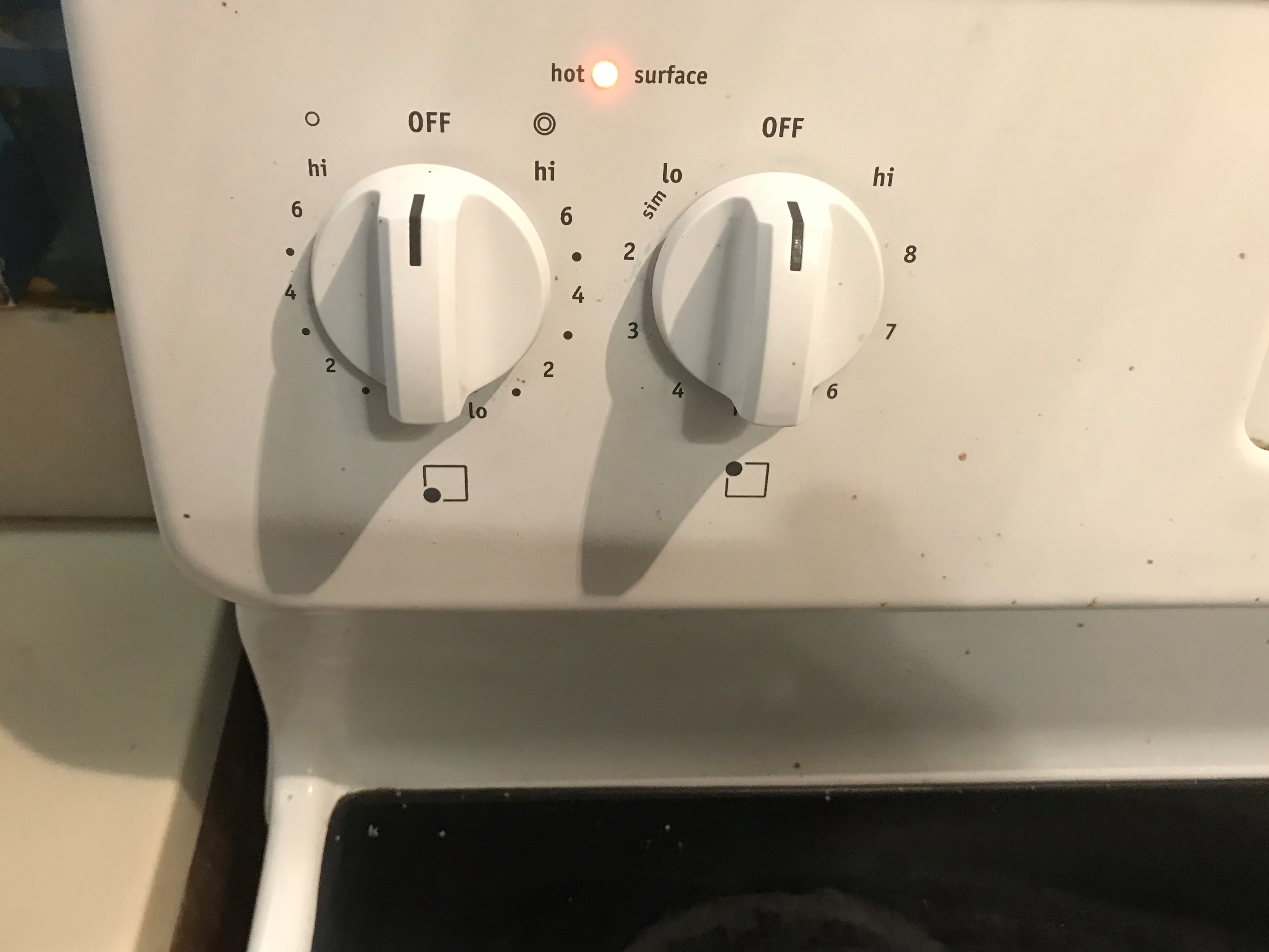 |
| the heating element on low power! | the heating element off! | hot surface warning indicator! |
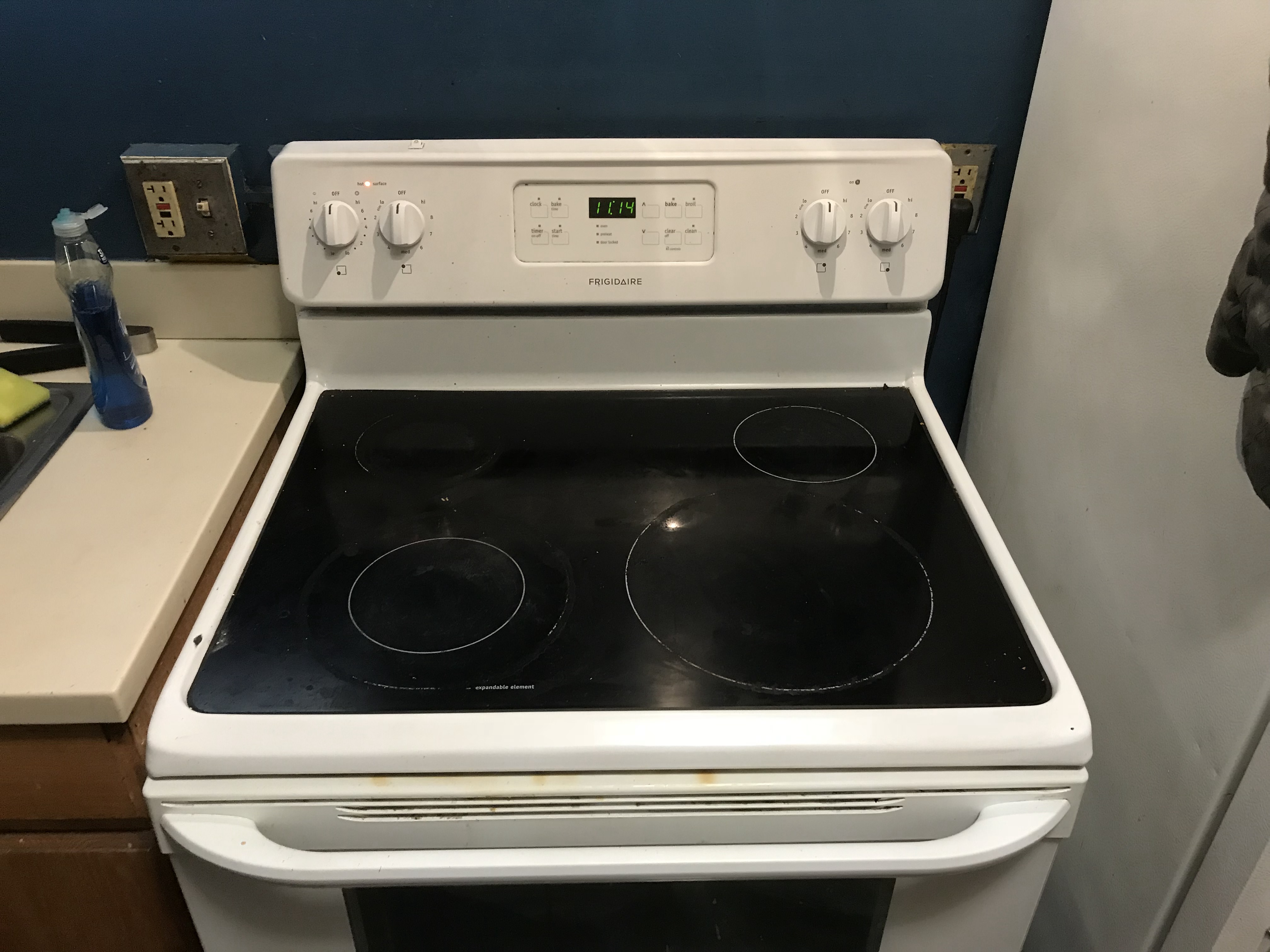 |
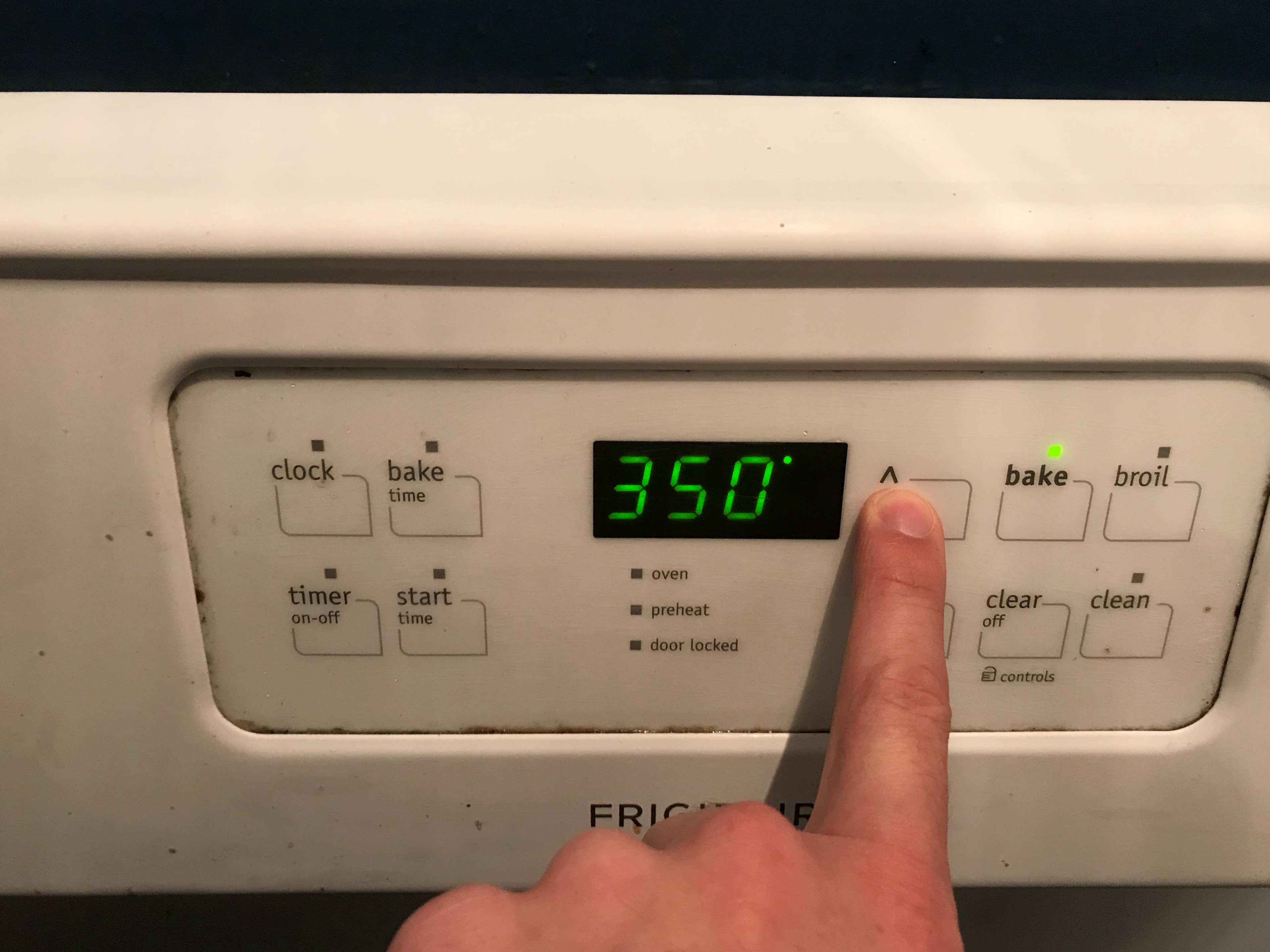 |
|
| the warning indicator from about 2 feet away | using the oven controls! |
The flat-top stove performed similarly to the normal gas range stove that most users are accustomed to. There are safety locks on the temperature controls so users will not accidentally turn a stove on. The stove did heat up fairly slowly in comparison to the gas stove which is a problem and it also maintained the hot surface for much longer. After a while, the surface looked just like the unheated surface but would definitely burn upon contact. The hot surface warning indicator is small and very hard to notice. The power indicator is equally hard to notice. At first glance, these two indicators seem to serve as a way to tell if one side is hot. However, the right indicator only shows whether or not a heating element has power running through it. This confusion could cause serious burns. The stove is much easier to clean but because of the glossy top, it gets dirty much quicker. There is also a visible difference between low and high power which allows users to visually see how hot the stove is while in use.
key takeaways
Flat-top stoves are:
- ✓ Easy to Clean
- ✓ Some Indication of Temperature
- ✗ Slow to heat up
- ✗ Stays hot longer
- ✗ No visual indicator of heat after it has been turned off
coil
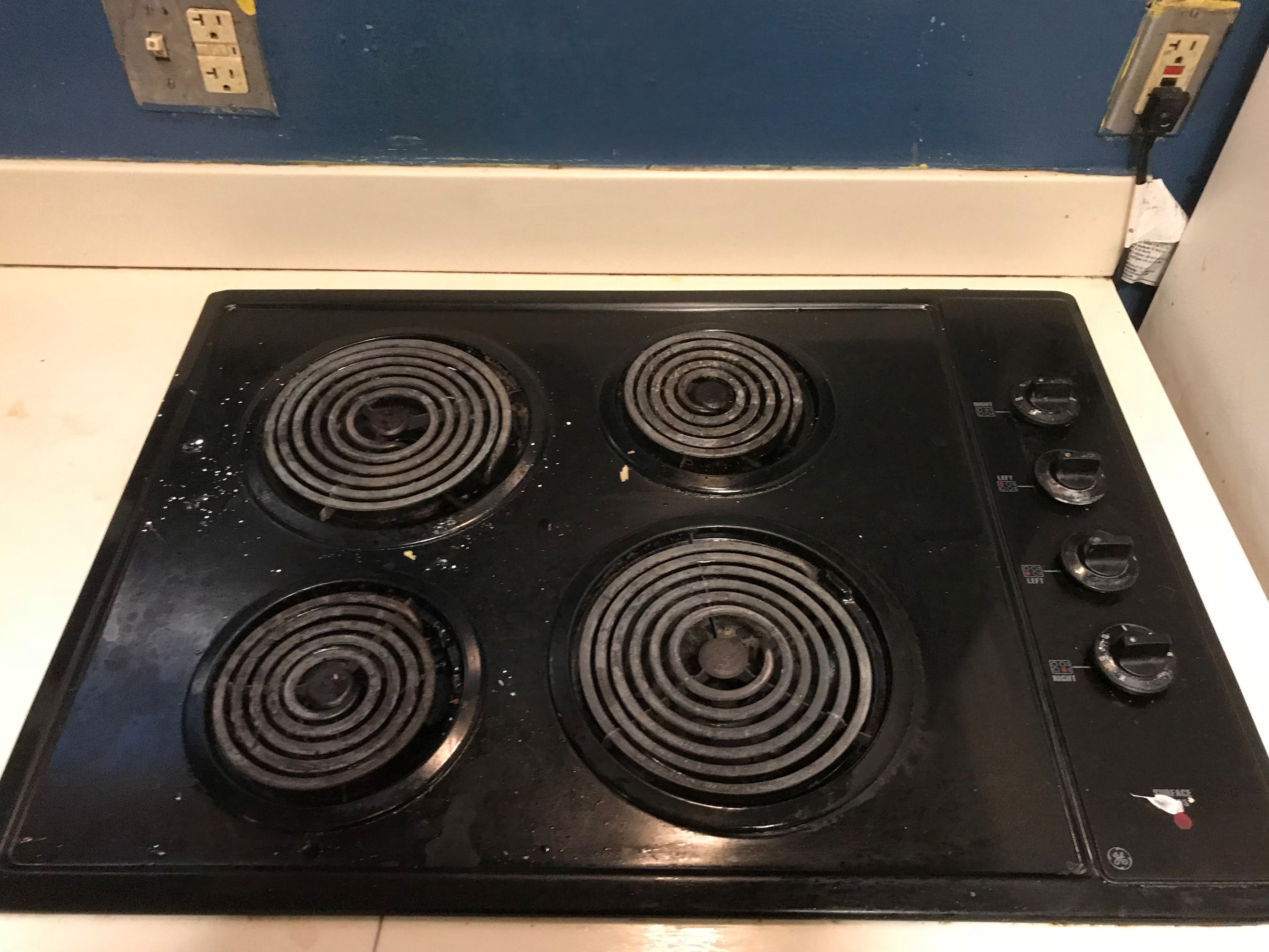 |
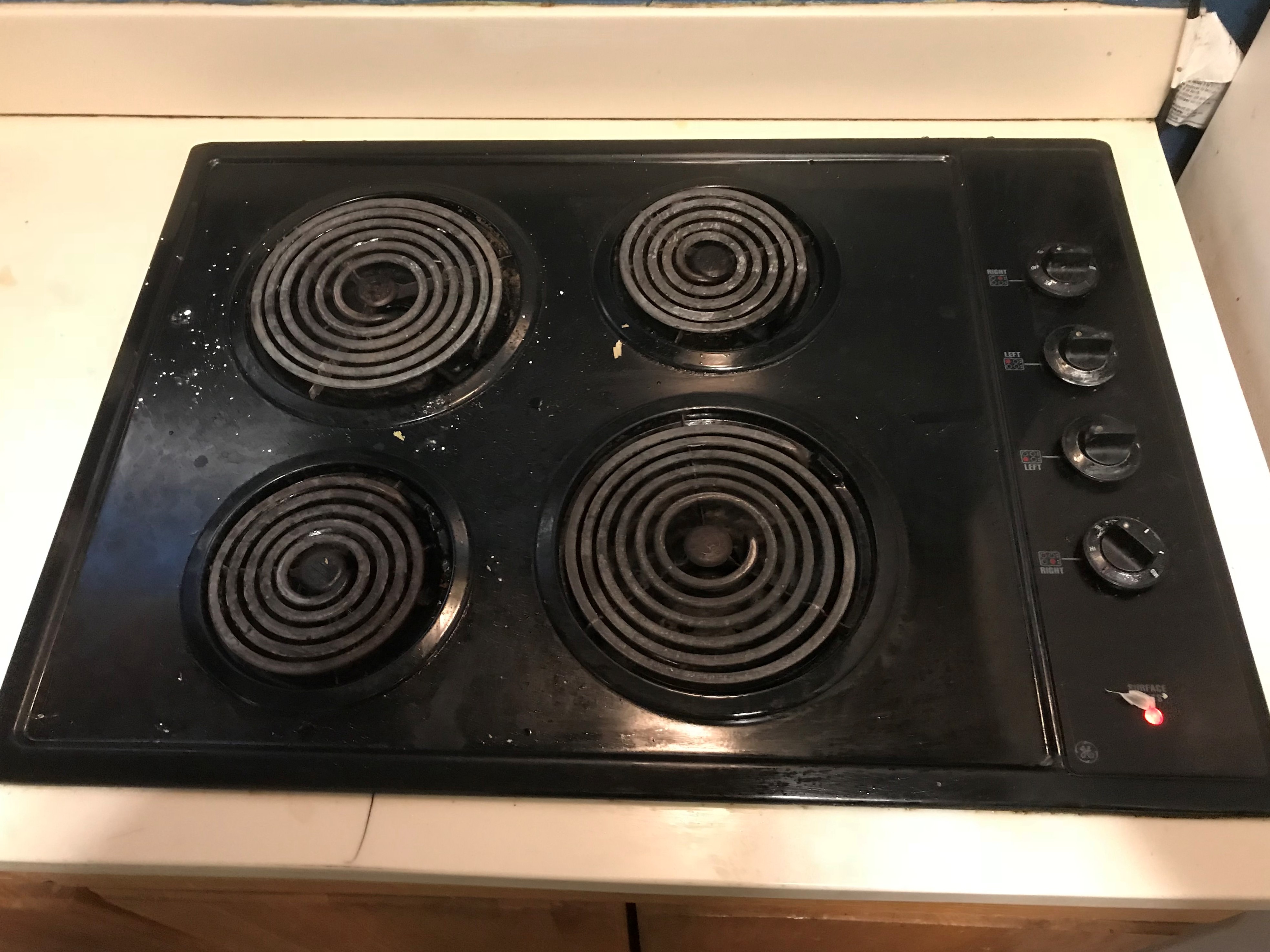 |
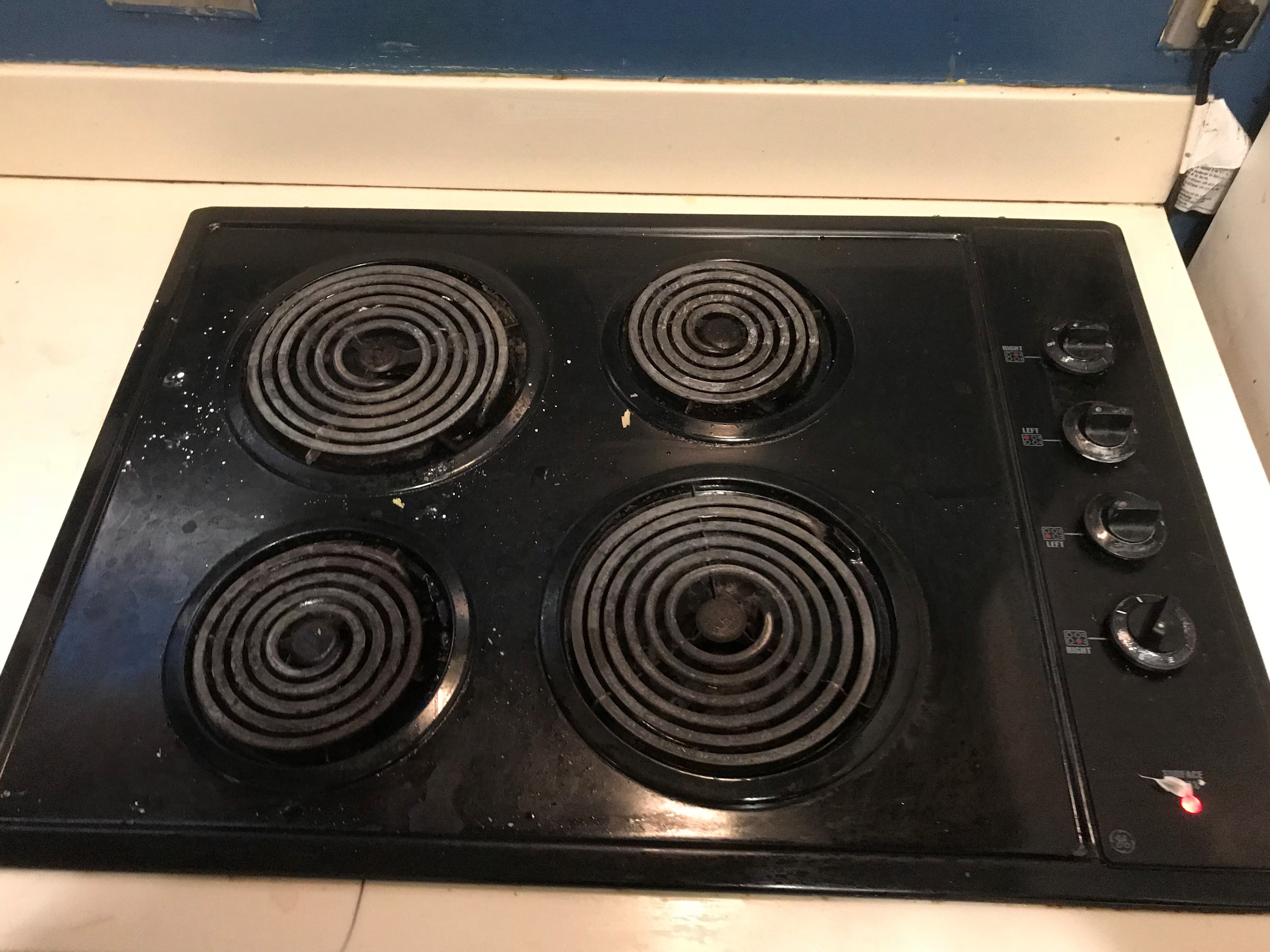 |
| coil stove | the heating element on high power! | the heating element on low power! |
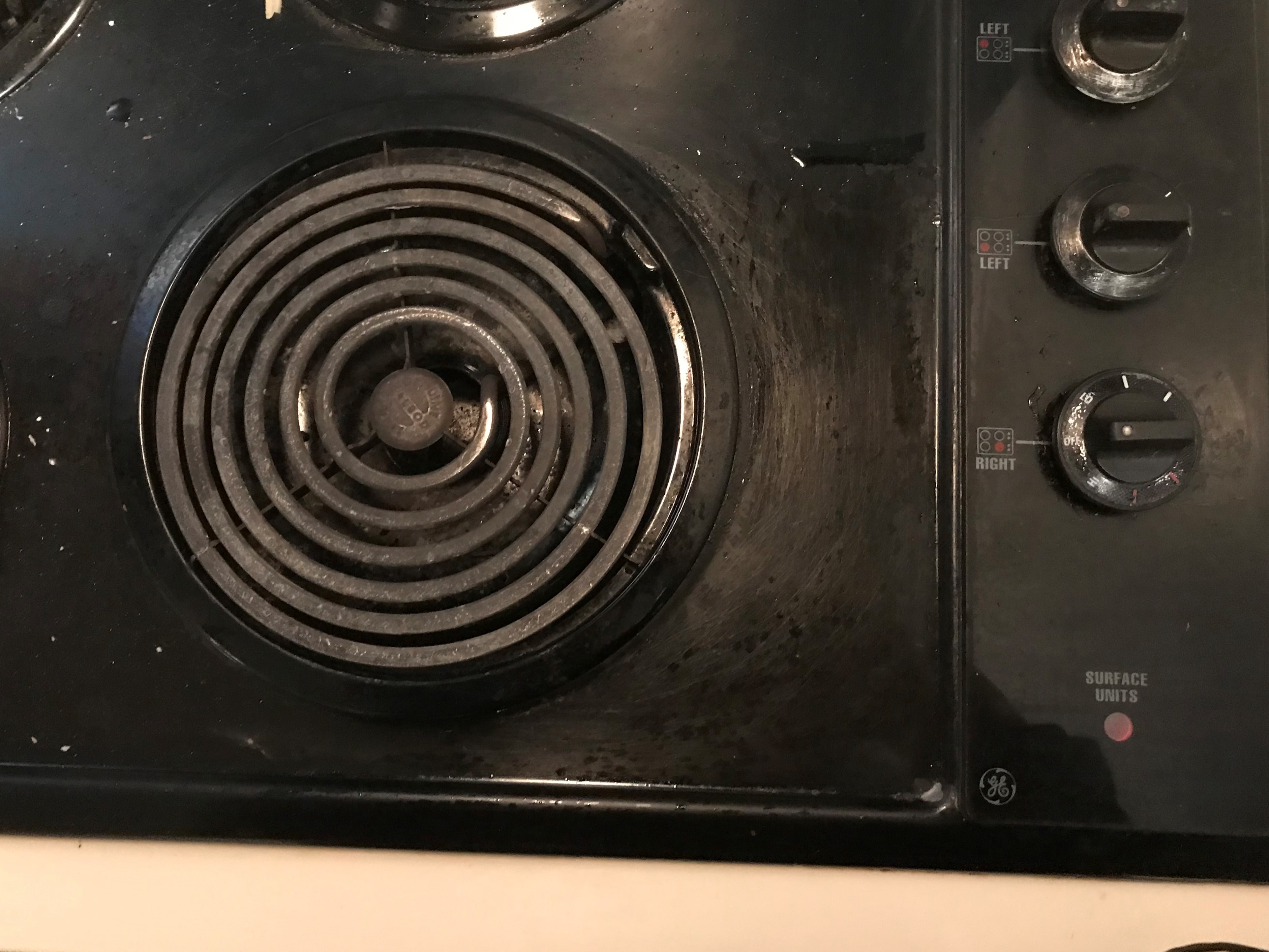 |
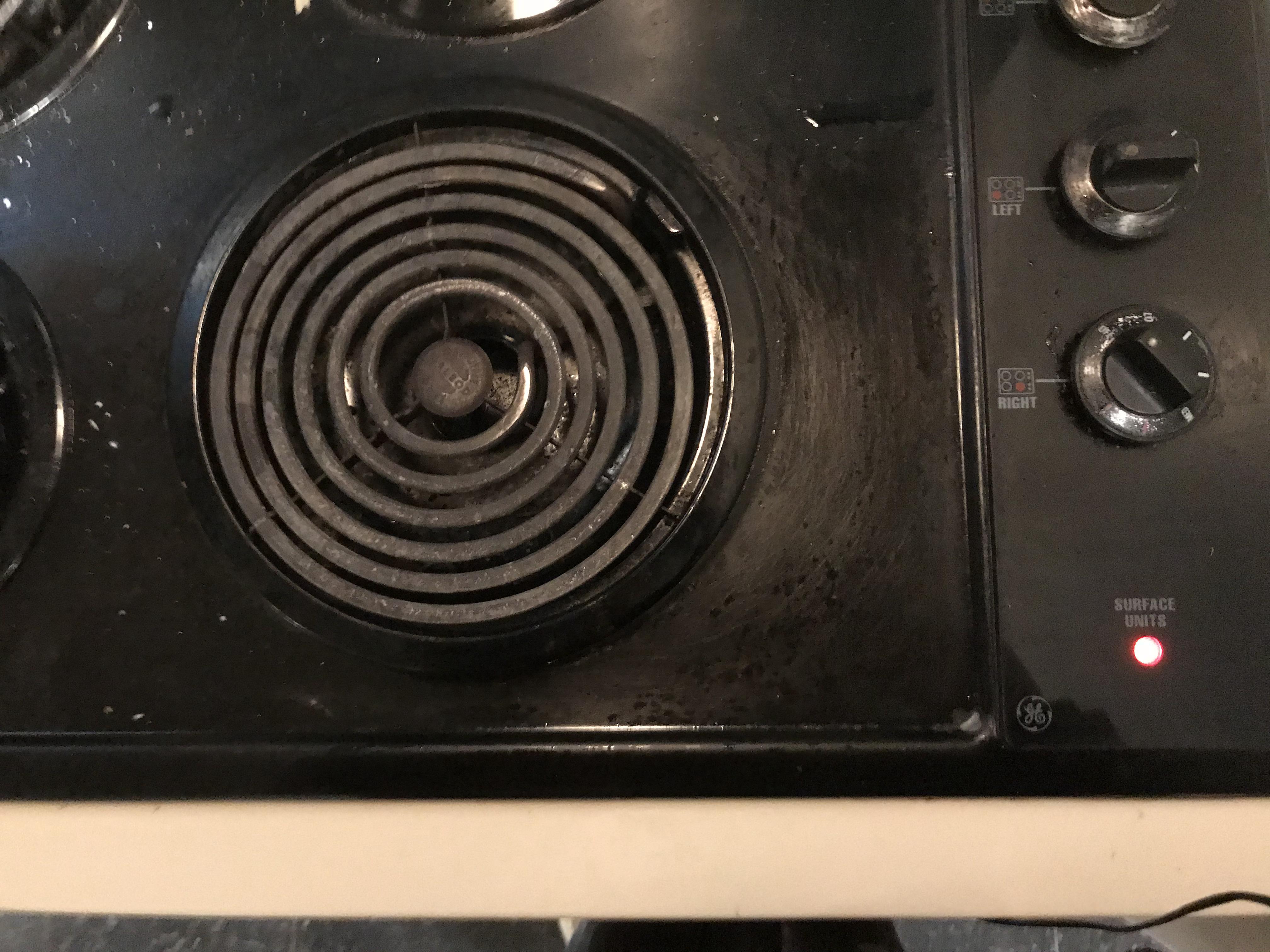 |
|
| the heating element off! | the stove's power indicator |
The coil stove also performed very similarly however there were some drastic differences between the flat-top stove and the gas stoves. There was no visual indiciator of temperature of the heating element and the only indicator light on there was a small power light. While useful and larger than the flat-top stove, the indicators are still not easily visible but there is also no indicator of hot surfaces after its turned off. It is easier to clean than the gas stove because of gas stoves still have a pilot light that users have to be careful not to damage. The location of the control knobs are also awkwardly located and knob allocation not being obvious as well. There is still the same safety lock on the heat controls to prevent accidents.
key takeaways
Coil stoves are:
- ✓ Easy to Clean
- ✗ No Indication of Temperature
- ✗ Slow to heat up
- ✗ Stays hot longer
- ✗ No visual indicator of heat after it has been turned off